Enter a surname, town name or other keyword to search the database. Remember to
allow for the different spellings of 'Mc' and 'Mac.' Good luck!
{Search tips: Use single word search terms for more results}
You must enter some valid character(s) into the search field
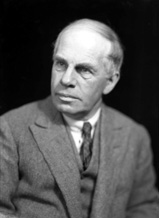
Reference: 27366a
Sir David Young Cameron (1865-...
|
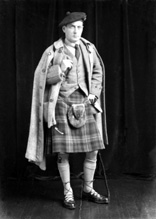
Reference: H-0238
Sir Compton Mackenzie, (1883-1...
|
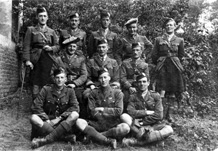
Reference: 31683
Mr Cameron. Believed to be a g...
|
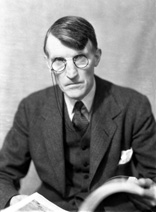
Reference: 29684b
Sir Alexander Malcolm MacEwen,...
|
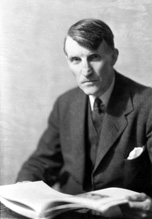
Reference: 29684a
Sir Alexander Malcolm MacEwen,...
|
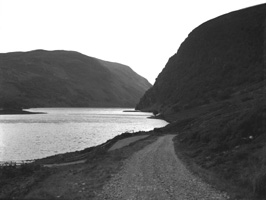
Reference: H-0124
Loch Killin, near Whitebridge,...
|
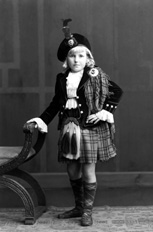
Reference: 37674
Mrs Millar. ...
|
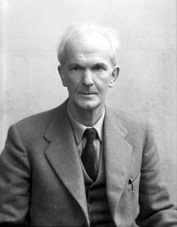
Reference: 45732a
Neil M. Gunn c1960. Neil Mille...
|

Reference: 25909a
Neil M. Gunn in June 1927. Nei...
|
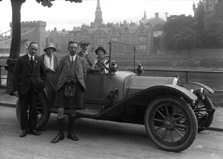
Reference: 25475c
Scottish Home Rule Group outsi...
|
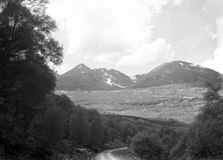
Reference: H-0206
An Teallach, Wester Ross, from...
|
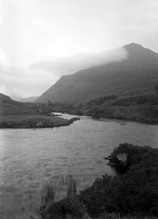
Reference: H-0207
Scottish Highlands. *...
|